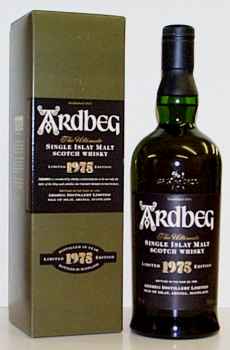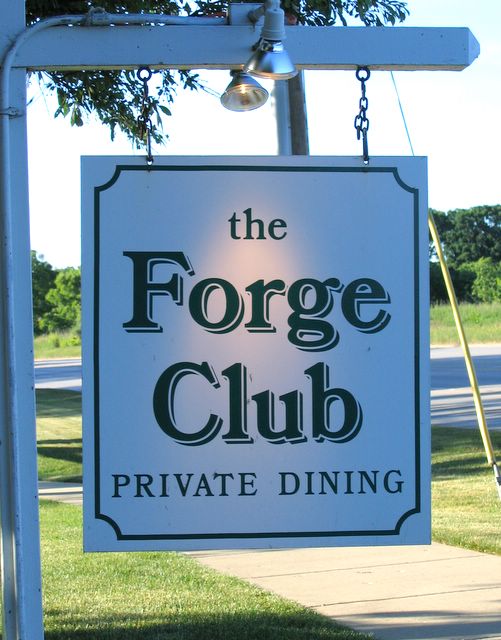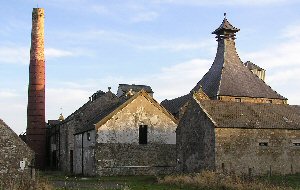Hmmm…How is it possible that we’ve not tasted as a group Ardbeg 1978? Last night I had one of those “reach back into the top shelf to see what I can find” experiences, looking for that perfect night cap. Ardbeg 1978 is the perfect way to end a day–it takes the edge off a difficult day or makes a great day better. It has light peat in the nose with brown sugar and citrus. Pallette is dry, earthy with a distinctively lemon finish. It makes a nice statement without trying to garner too much attention like it’s younger siblings. Seek it out.
I found a great whisky resource. It’s great on a number of levels. First, it’s a website published by whisky retailer Lock Fyne in Inveraray Scotland. The owner publishes new whisky as he gets it so it’s a great way to learn about what’s new as it hits the market. He also publishes a VERY insightful and informative twice-yearly newsletter he calls Scotch Whisky Review. He also ships to the US, including small format bottles (miniatures, 20cl and half bottles) great for sampling. The catalog. The site has no ads. If anyone is looking for something special maybe a combined order could be placed–he has WAY MORE whisky there than what gets imported into the US. Ardbeg – Lord of the Isles 25yo, Lagavulin 1988 16yo Distillers Edition, Highland Park 13 yo cask strength anyone? anyone?
Here are some interesting spreadsheets that, in part, may be helpful. They are a little outdated but stuff like distillery water source, location, region, district, date opened, current status, pronouciation, # stills, name derivation may be some good things to add/update our distilleries pages. And as a bonus the .xls should make for easier database populating.
So how about that kick ass tasting!!! Nice going brother Bluff–over the top. I’m sure this will be the beginning of many postings about the evening, what we learned, what it inspired in each one of us. To begin, here are some photos of the night. (Chancellor, we may need a new categoty here for our tastings). The photos.

Know your Clynelish and it’s sister distillery Brora!!! There really are two…or is that one…or is that two? 😀
Let’s start with Brora which is the name of a fishing and resort town where there are located two distilleries…
1) The first of these two distilleries was established in 1819 by the Marquis of Stafford (later the Duke of Sutherland by marriage). It was named Clynelish and when viewed from the outside with its hump-backed hill rising behind, is a fine example of the classic, close-knit little Victorian distillery – steeply sloping warehouse roofs, an imperious pagoda head rising high above everything but the chimney-stack and a fort-like cluster of stone buildings round a courtyard. This distillery ceased production in 1983.

2) The second of these distilleries went into production in 1967. The original distillery ceded it’s name, Clynelish, to this distiller. It is attractive in the modern way, but anonymous. Land from Clynelish Farm was acquired and water supplies were augmented from the Clynemilton Burn. The new Clynelish is three times the size of the original and has three pairs of stills. It very much continues the tradition of the original Clynelish.

3) Between 1967 and 1983 (or so) both of these distilleries, in the town of Brora, were in production. The original, classic/Victorian-styled, distillery was re-named Brora, after the town, and used an especially highly peated malt.
4) Clynelish, the somewhat anonymous and modern distillery, is still in production today and uses a medium peated malt. Both, Brora and Clynelish, in fact, are a classic case of a coastal malt having a slightly “island” character.
When you see Brora think:
Originally called Clynelish, from 1819, with the classic pagodas and courtyards, re-named with the new Clynelish was built and closed in 1983…some independent bottlings do exist. Snatch them up if you like a heavily peated “island” type malt.
When you see Clynelish think:
Modern distillery, still in operation, with a nice medium peat with “island” characteristics from the Northern Highlands.
